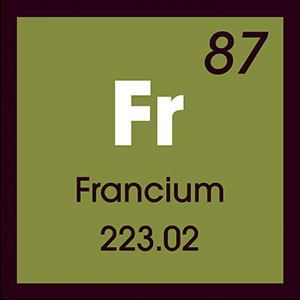Calcium (Ca)
Calcium is a chemical element with an atomic number of 20 in the periodic table of elements. It’s the fifth most plentiful metal found in Earth’s crust and the most abundant mineral in the human body. Being a member of the alkali earth metals family of periodic table elements, this chemical substance has two valence … Read more

